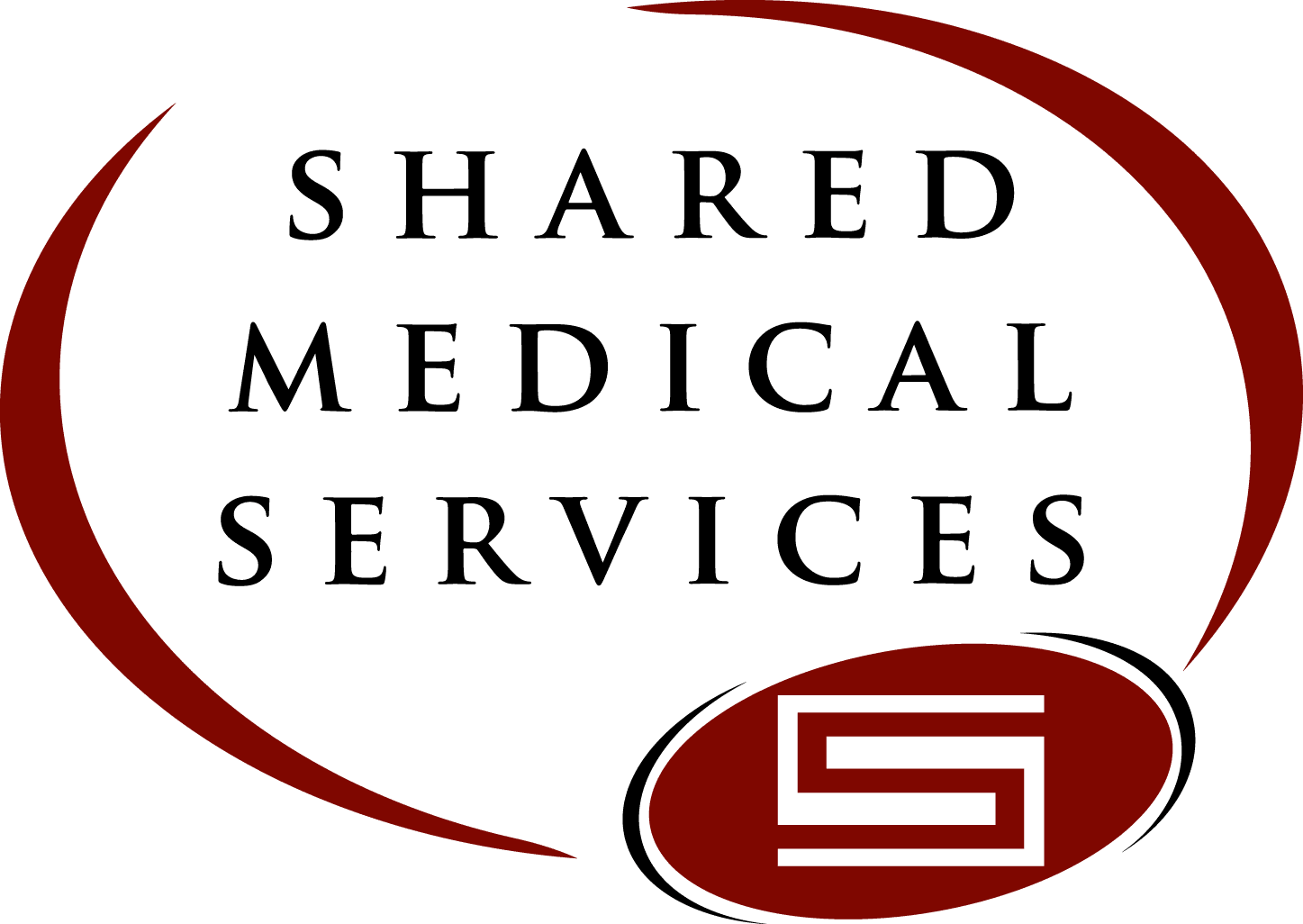What’s New in PET/CT
Prognostic and Predictive Values of Metabolic Parameters of 18F-FDG PET/CT in Patients With Non-Small Cell Lung Cancer Treated With Chemotherapy.
PET/CT Updates, Research & Education
June 2019
Purpose
Increasing interests have been focused on using artificial intelligence (AI) to extend prognostic value of medical imaging. Feature extraction is a critical step for successful application of AI. The aim of this study was to explore several metabolic parameters measured by 18F-fluorodeoxyglucose positron emission tomography/computed tomography (PET/CT) as potential AI features in predicting the effectiveness of chemotherapy in patients with non-small cell lung cancer (NSCLC).
Methods
A set of metabolic parameters of PET/CT and clinical characteristics were detected from 137 patients with NSCLC treated with at least 1 cycle of chemotherapy. Survival receiver-operating characteristic (ROC) analysis was used to define the more significant parameters chosen for the following survival analysis. Patient survival was analyzed by Kaplan-Meier method, log-rank test, and Cox regression.
Results
Survival ROC showed that maximum standardized uptake value (SUVmax), metabolic tumor volume 50% (MTV50), and total lesion glycolysis 50% (TLG50) had larger area under the curve, and the optimal cutoff values were 11.72, 4.04, and 34.55, respectively. Univariate and multivariate analyses synergistically showed that late PET/CT stage and MTV50 >4.04 were independent factors of poor survival in patients with NSCLC who received chemotherapy.
Conclusion
Several potential prognostic biomarkers of PET/CT imaging have been extracted for predicting survival and selecting patients with NSCLC who are more likely to benefit from chemotherapy. The identification may accelerate the development of AI methods to improve treatment outcome for NSCLC.
Source: Mol Imaging. 2019 Jan-Dec;18:1536012119846025. doi: 10.1177/1536012119846025.
< https://www.ncbi.nlm.nih.gov/pubmed/31144578 > Retrieved 6 June 2019.

June Cancer Survival Month
The number of people who have had cancer has gone up greatly over the last 45 years in the United States. In 1971, there were 3 million people with cancer. Today, there are more than 15.5 million.
- About 67% of today’s cancer survivors were diagnosed 5 or more years ago
- About 17% of all cancer survivors were diagnosed 20 or more years ago
- Nearly half (47%) of survivors are age 70 or older
Connect with Us
Get additional information and stay up-to-date with the latest news by connecting with us on social media.



